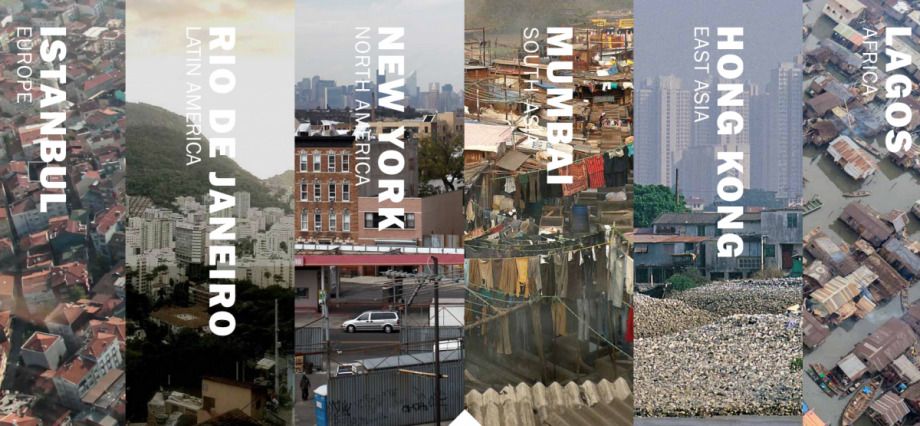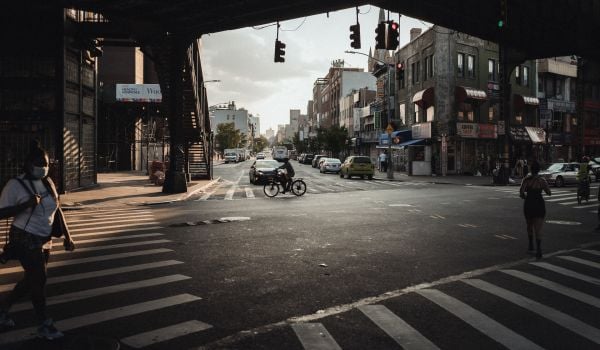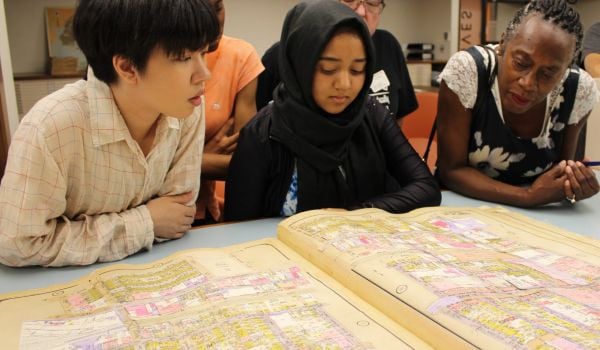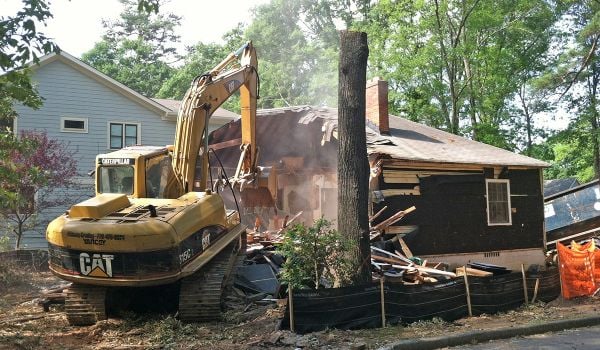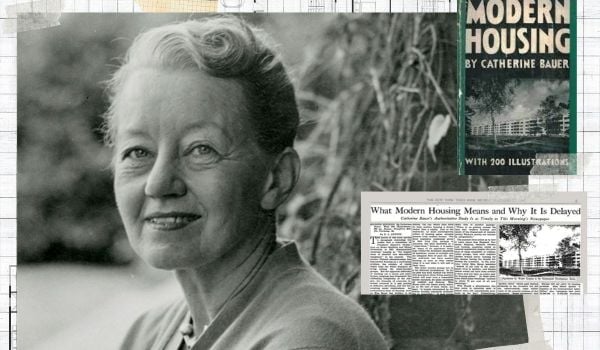People are moving into cities all over the world, but the ascendance of urbanism doesn’t come without pain, and that pain is borne the most acutely by people with the least means. Can cities manage the population uptick in a way that avoids that negative impact? That’s the underlying question at the core of a new exhibit opening Nov. 22nd at the Museum of Modern Art, “Uneven Growth.”
The exhibit examines six cities: New York, Mumbai, Hong Kong, Lagos, Rio de Janeiro and Istanbul. Curator Pedro Gadanho assigned two architectural firms to each, and asked them to present problems and propose solutions. “If you are looking for the perfect solution to the challenges cities are presenting us, you are bound to have disappointment,” Gadanho noted at a preview of the event.
Two of the cities’ presentations, Mumbai and New York City, exhibited notable parallels, with the solutions grappling with everything from a lack of space to legal issues. In New York, SITU Studio and Cohabitation Strategies investigated the housing crisis in New York City. SITU focused in particular on the invisible New York. New York has a reputation for high-priced real estate, and anyone who’s ever visited likely has wondered, where does the guy who’s selling me pizza live?
“It’s a hidden condition,” Bradley Samuels, of SITU, said. “You have that thought but it’s a fleeting thought, because it’s hidden.” He went out to look for places where those people are, and he began to find them, with help, in the outer boroughs — in Jackson Heights, Elmhurst and Sunset Park. “When you go there,” Samuels says, “they appear to be low-density.”
Yet far more people live there than appear to because many are hiding in illegal conversions of homes designed for fewer people. To get an estimate of how many, Samuels looked to 311 calls about illegal cohabitation. That’s a proxy measurement that’s going to be higher in areas where higher-income residents are moving in, but that data gives a hint of the hidden.
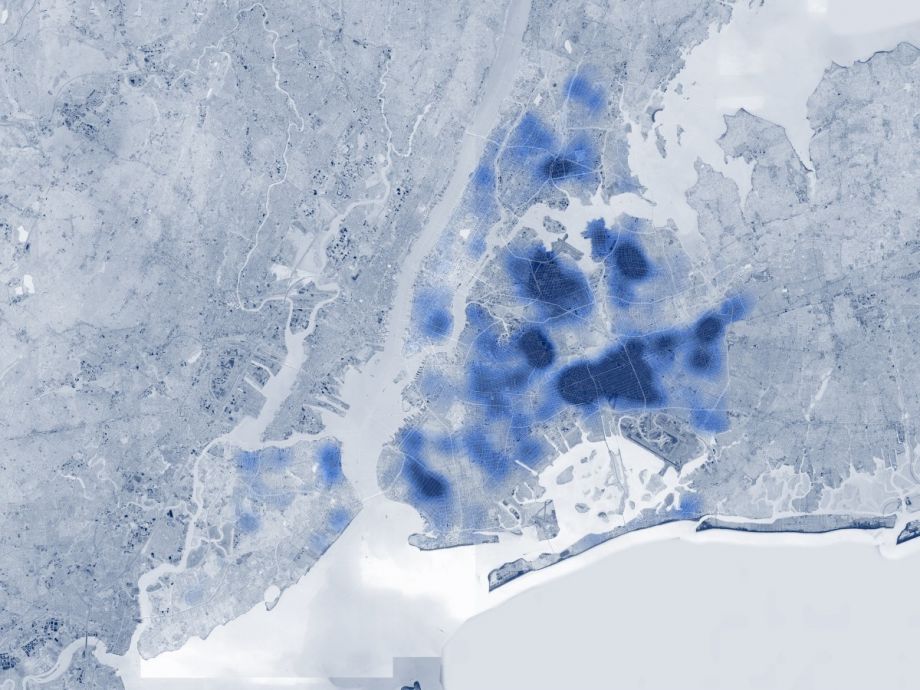
SITU’s heatmap shows where the firm estimates “illegal house conversions” are concentrated in New York.
Cohabitation and SITU proposed two separate legal approaches that would tap into these existing strategies for increasing the density and, at the same time, treating people more humanely without shoving people out or fundamentally changing the nature of the neighborhoods.
SITU’s “Community Growth Corporation” envisions expanding how transferrable development rights can be traded so that low-density neighborhoods could sell air rights one neighborhood over. As the revenue from those sales is converted into additional amenities, and spaces are added to roofs and backyards with modular and DIY structures, SITU sees a public byway extending above and behind homes as well.
The Other New York from SITU Studio on Vimeo.
In Mumbai, buildings have been constructed without overarching guidance or planning. The decentralized nature of Mumbai’s public services is a story told in Daniel Brook’s book, A History of Future Cities, which is incorporated into URBZ’s part of exhibit. URBZ has been working in the Mumbai’s “homegrown neighborhoods” for the last seven years. The organization’s Rahul Srivastava echoed Samuels thoughts about New York when he said of Mumbai that it has “a rich and creative legacy of dealing with housing, but has never had the confidence to endorse and build upon it in the contemporary context.”
The URBZ presentation argues that slums have already proven their ability to evolve in place. In fact, URBZ deployed some of the local strategies there in constructing its own “workspace-on-rooftop.” They document the approach in a collage for the exhibit.
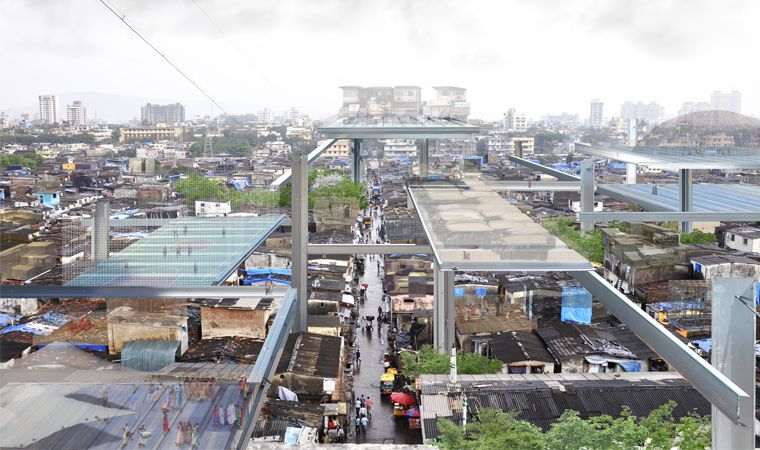
Ensamble Studio/MIT-POPlab’s proposed “flying carpet structures” for Mumbai.
Walking away from “Uneven Growth,” one has to consider that perhaps, the best thing politicians can do is look at how those populations are already dealing with that pressure and empower them to do even more of exactly that.
“Uneven Growth” runs through May 10, 2015.
Brady Dale is a writer and comedian based in Brooklyn. His reporting on technology appears regularly on Fortune and Technical.ly Brooklyn.

